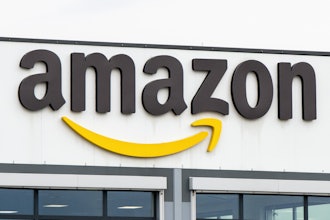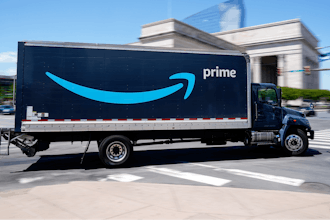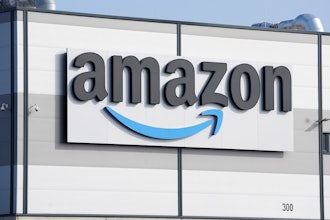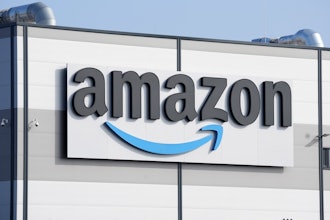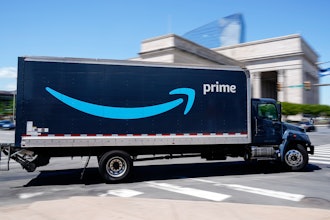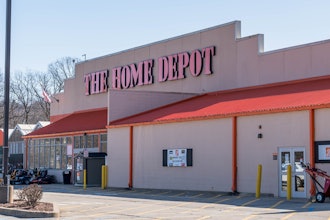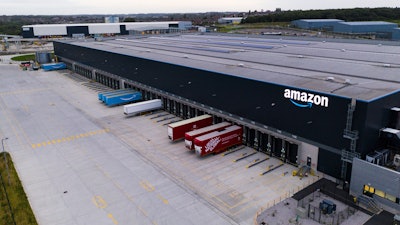
Buyers in the U.S. and Europe are becoming more reliant on shopping on Amazon every day. The endless product selection, competitive prices and fast shipping options are some of the main reasons that Amazon is now embedded in shopping habits worldwide.
Nevertheless, there are inflationary pressures on third-party Amazon sellers that can lead to rising prices for many products on Amazon’s marketplaces and can greatly affect the shopping habits of buyers. In the U.S., inflation has risen to a level that has not been seen for about 40 years. Most third-party Amazon sellers are from a generation of entrepreneurs that have never experienced inflation. Thus, they are not equipped nor hold a clear game plan on how to deal with such a complex economic business environment.
What is currently causing inflation?
Inflationary pressures are causing the sourcing of inventory, and selling products on Amazon, to be very challenging for third-party sellers. Inflation examples can be found in the increasing manufacturing costs (labor costs are up), higher costs of container sea shipping, historical-record fuel prices that are greatly affecting ground transportation costs, and the constantly rising costs of marketing and advertising on Amazon. There is a great bidding war for advertising products on Amazon and prices are only moving up.
The war between Russia and Ukraine has added another layer of complexity, as well. Both countries are major global suppliers of energy, metals, minerals, wheat and other needed commodities. The electronics industry, for example, is expected to be impacted by shortages of nickel, a common material for building electronic devices.
The layers of complexity in the global supply chain, and the environment of rising costs for third-party Amazon sellers and for Amazon as an online retailer, means that both sellers and Amazon will not be able to keep current pricing levels any further. Prices of products on Amazon’s marketplaces are bound to increase for many products. The domino effect and chain reaction for the rising costs are clear, but there is no clear way at this point for businesses and consumers to combat it.
Inflation versus deflation
Third-party Amazon sellers at this point should look to solidify their sourcing, global logistics and cash flow management in order to weather the inflationary storm and come out on top. What makes it especially hard for sellers is that everywhere they look around, they find rising costs. But they don’t have the luxury and immediate opportunity to raise the prices of their products on Amazon. The reason is the competition, and how the Amazon marketplace works.
Amazon’s marketplace is a hyper-competitive business environment at this point. There are about 6 million Amazon sellers around the world, all focused on grabbing every penny of spending power from the shoppers on the platform. There is fierce competition for the positioning of products on Amazon’s organic and paid search engine results between sellers. The intense competition on Amazon provides deflationary pressures that are protecting buyers for the most part. Amazon’s algorithm favors products that sell well, have competitive price points, and get a good amount of positive reviews for shoppers.
This means that pulling the trigger on raising prices for third-party Amazon sellers is not so easily done. If an Amazon seller raises prices while other sellers keep prices low, it can lead to Amazon’s search results moving the positioning of the marked-up products down the search results. This, in turn, will lead to less traffic and less revenue for the Amazon seller that raised its product prices while other sellers did not.
The inflationary pressures to raise prices against the deflationary pressures to keep prices low for Amazon sellers are a formidable challenge for sellers. Nevertheless, if most Amazon sellers are mostly feeling inflationary pressures with no end in sight, they are bound to raise prices altogether — and that is when the ball of battling inflation rolls to the buyer.
What Amazon buyers can do about inflation
There are many ways buyers can reduce the impacts of inflation on Amazon. Unlike 40 years ago, the advent of the smartphone is placing power in the hands of consumers. They can shop on Amazon for the products they need and compare prices, and confirm product quality by monitoring the product ratings, all at record speed and at a lift of a finger.
Buyers affected by inflation should make sure to clip digital coupons on Amazon (look for them on the Amazon product page when available) and look for special Amazon Lighting Deals, limited-time offers, bundle packages and clearance items. Applying and using Amazon’s Rewards credit card also allows buyers to get 3% cashback on anything they purchase on Amazon and even Whole Foods.
Back in the inflation days of the 1980s, consumers needed to drive around stores in order to compare the prices of products. This tedious process is highly inefficient, and many preferred to shop in a handful of stores that they perceived sold at a low price and bring them value. Shopping online brings a brand new dimension that is much more effective for buyers.
Shopping on Amazon, for example, brings more selection to buyers than is imaginable with super competitive product prices. Buyers only need to make sure to dive a bit deeper into Amazon's cost savings opportunities to extract more savings. All it takes is finger-work on a smartphone and some attention. Good deals are aplenty; use your time and fingers to find them on online. It's much easier and cheaper than driving around looking for store deals.
Eytan Wiener is the chief executive officer of GETIDA.










